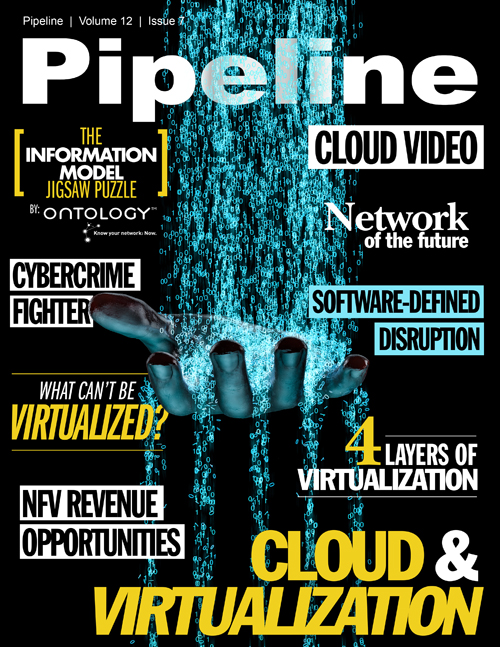NFV = New Revenue Opportunities
We have seen a number of customers the past year realize NFV benefits by deploying our VoIP Application Server with OpenStack and in Amazon Web Services Elastic Compute clouds. One customer has deployed a very large BroadSoft-powered system for unified communications (UC) to tens of thousands of end users around the world, all from the Amazon cloud. This system is comprised of more than fifty virtual machines with elements clustered in four major regions, including North America, Europe, Africa, and South America.
This customer shared with us that the cost of deploying in the Amazon cloud is about 15% of the cost of deploying on bare metal servers in a regular data center. A rack of space and power in a data center is roughly $3,000 a year – not including server hardware and networking. For that same $3,000 a year, this customer could receive ten complete virtual machines in the Amazon cloud, enough to run one of our small systems.
Equally, or possibly more important than these cost savings, are the time-to-market savings. Leveraging virtualization and NFV in the cloud, UC deployments can be realized in a matter of minutes with precise configuration as compared to significantly longer and with potential configuration errors when manually installing a communications platform.
Rethinking NFV to Target New Revenue
Perhaps one of the reasons many CSPs approach NFV from a cost-savings standpoint is a result of dramatic examples as mentioned above involving the Amazon cloud. Another reason is because NFV is often managed and contained within CSP Network Operations and Engineering teams. These technical organizations certainly need to “own” and manage NFV projects. However, as long as NFV is contained within these organizations, the bulk of the focus of NFV projects will be on cost containment and operational streamlining. The key to unlocking the myriad revenue-enhancing and new market opportunities with NFV is to connect and manage projects with Product and Marketing teams. The first step for Network Operations and Engineering teams is to educate Product and Marketing managers on NFV potential capabilities. The resulting exchange of dialogue around what NFV can do relative to what customers need and how this impacts existing development activity presents the environment where new value added services are born.
NFV and Cloud Applications
As cloud applications thrive, CSPs will increasingly need to leverage their network assets to build, deliver, and complement cloud services. CSPs may want to consider incremental migration strategies, initially focusing on applications with limited dependency on decomposing virtual machines. In the case of an application such as Unified Communications as a Service, CSPs may target NFV initially at the signaling layer (for UC applications) and in a later phase, target NFV at the media layer (for transcoding and media mixing). Through this approach, CSPs can more quickly bring NFV enhancements to their UCaaS offering, more quickly building sustainable differentiation.



















